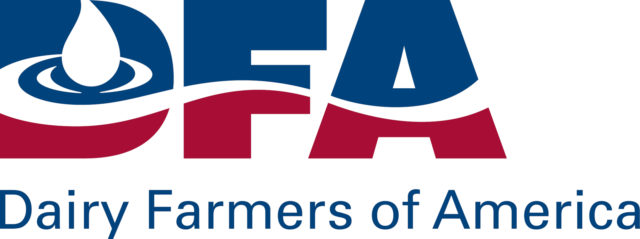I have nearly completed my work on the Pakhma Farm here in Yaroslavl Oblast, Russia.
This large farm, a remnant of the old Soviet Collective Farm System, is now privately owned.
The farm manager, or director, holds 70 percent of the closed stock; the remaining shareholders are absentee owners with largely a nonmanagerial role. The farm is managed by a group of 70 people. Many have been on this farm for three decades or more. Some, like the chief agronomist, is just four years graduated from a Moscow Agricultural Institute. I am particularly pleased with meeting the younger managers, including this agronomist. They are well-trained. They have enthusiasm for the work and, in fact, enjoy the challenge of working on a large farm.
Yet, as we all know the day-to-day work is done by workers in the trenches, so to speak. Manure must be hauled. Animals must be fed. Equipment must be repaired. And cows must be milked.
The “cows must be milked” part is the focus of this article. For this farm is like many others around the world – women do the work.
The farm director claims that without a workforce of about 40 women milkers, he could not stay in business. He is right. They are called “dairymaids.”
I am working with a dozen of them on this assignment. We are improving, albeit slightly, the milking process. For instance, the women will clean the entire udder with a washcloth that is kept in a water bucket of diluted iodine. They are properly drying the teats, but the udder itself is still wet. They now know that cleaning the entire udder is not necessary and this large surface area should not be wetted.
I am having a hard time convincing them to discard the bucket approach; so we are taking small steps. One step is using a new (laundered) cloth towel on each cow. The towel is never placed in the bucket, so the diluted iodine is cleaner. By the way, the cows are handled with two systems. In System One, the cows are pasture-based and tied in stanchions during the milking process (overhead glass pipeline under vacuum), and in System Two, the cows are housed in a freestall barn and milked in a parlor.
The director will be replacing all the stanchion barns with freestall barns and a new milking parlor. There are two modern parlors on the farm with a third under construction. These are parlors like any in our country and, from my perspective, certainly a vast improvement over the older stanchion-type barns the Russians used for 50 years.
The women working in the barns are generally in their 40s and 50s. They have been doing this work for many years. The director mentioned to me he has many women wanting this kind of work. The work is steady and indoors during the cold Russian winters, and it involves working with animals. Without exception every woman I talked to (through a translator) told me she loves working with cows. Everyday I see them lovingly tend to these animals they are responsible for. The director tells me they are “queens of the barn,” the women who care for and milk these cows.
For the grazing herds, men are the shepherds. They sit with the cows all day generally near the water truck. I have visited several of these herds on pasture. The pastures are orchard grass and clover, and they looked great. The animals are grazing all parts of the paddocks (of about two hectares or five acres per 120 cows) with a rotation every four days. They are fed a supplement total mixed ration (TMR) while in the stanchions.
The shepherds show the same kind of care the women do. They can name every cow and pick out the ones in heat or those that might be sick.
Thus, as I complete my assignment here in Russia, I am once again finding that women have a very large role on the day-to-day work tasks on a dairy farm. Yes, men make up the majority of the workforce. They fix equipment, harvest forages and grains, drive tractors and trucks and tend grazing animals on pasture. But it is the women that actually milk the cows, feed the calves and help these animals when they are sick.
There are eight veterinarians on the farm. They are different than our vets; here, they do a lot of the herd managing of animals, too, including record keeping and testing of both animals and milk. Six of the eight are women. They are reasonably well trained. What they do not have are solid ties to a university, like ours do here, with a land-grant university. Having that “reach back” is essential. In Russia, this step is still yet to be fully developed.
I remember another assignment nearly 10 years ago in Ukraine, and my work on two large dairy farms with women also doing the milking. In Ukraine, at that time, they were milking the cows by hand; not so here on Pakhma Farms. Soon the entire herd of 2,200 cows will be milked in elevated herringbone parlors. In fact, the herd size will be expanded to 3,000 cows within two years.
What will not change is this: The director will use these “queens of the barn” in these new parlors. As the farm modernizes its facilities and updates its technology, it is still people who do the day-to-day work.
The essential component of milking cows will not go away any time soon. The dairymaids are here to stay. PD
by Mike Gangwer




